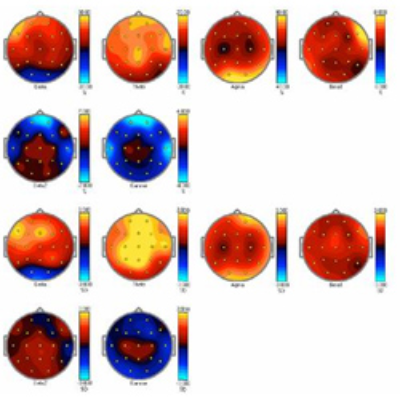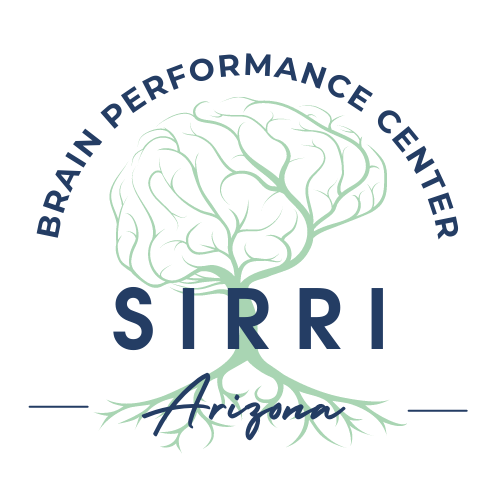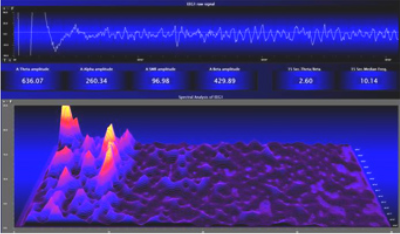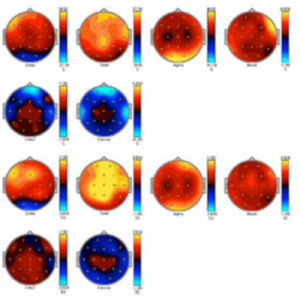How it works
A Quantitative Electroencephalography (qEEG) is an assessment tool utilized to evaluate an individual’s brainwave function. This procedure, typically completed prior to Neurofeedback training, uses a computer to process the brain’s recorded electrical activity (brainwaves) from a multi-electrode recording. The digital data is statistically analyzed, often comparing values with “normative” database reference values showing how a brain should be functioning at a particular age, whether the brainwave patterns are significantly different from normal and, if so, how they differ. The processed EEG is commonly converted into color maps of brain functioning called “Brain Maps”. The EEG and the derived qEEG information can be interpreted and used by experts as a clinical tool to evaluate brain function and to track the changes in brain function due to interventions such as Neurofeedback. A Brain Map also serves as a basis for identifying variations in and underlying causes of brain function or dysfunction and functional organization or disorganization that are associated with different types of neurodevelopmental disorders including ADD/ADHD, learning disabilities or difficulties, Dyslexia, Autism, Asperger’s, Bipolar Disorder, anxiety, impulsivity, Obsessive/Compulsive Disorder, behavior disorders, Dementia and Epilepsy, as well as depression, acquired brain injury, chronic pain, Fibromyalgia, addiction, seizures, stroke, sleep disorders, stress and peak performance for athletes.



